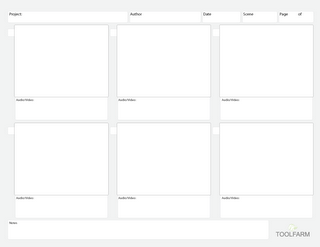This post is going to explore different kinds of animatic.
------
An animatic is basic mock-up animation that ‘allows the animators and directors to work out any screenplay, camera positioning, shot list and timing issues that may exist with the current storyboard’. http://en.wikipedia.org/wiki/Animatic#Animatics 2/2/2011
Different kinds of animatic use ether 2d or 3d or a combations of both, using Phostoshop, Flash, Maya, Premier Pro, After Effect and so on. There are several types of
panl by panl software with which you can space out each image but they are very limited.
Examples of animatics both from the industry and from other animators who post their work on You Tube.. I did not work on any of this.
This is the animatic that got me thinking about doing it for a living. It’s not quite animation but you get a really good idea of what’s going on.
Wow! Colour! A Pixar short in the style of an animatic.
You will also notice that not all the voices are the same as they are in the finished film.
One of the best examples of how a storyboard evolves from paper all the way to the final film.
Each of these videos show different uses of basic animation to show what’s going on in a scene. I will be explaining how each of these are made and how you can make them yourself.
---------
Animatic Artist.Up 'til now I've only used animatics found online. This is a little extra reserch
I added on at the end of this post to show some of the differnt artists and theire work in the field.
Tony Trimmer's website was shown to me by Mike Smith (our college tutor). If you were to click on this link it would take you to Tony's website showreel. He does work as a animatic artist and uses diffrent styles and techniques in each peice of work shown.
http://www.tonytrimmer.com/animatics.htmlThis one was also shown to me by Mike.
the work shown here is http://www.mgv.co.uk/web/index.php

